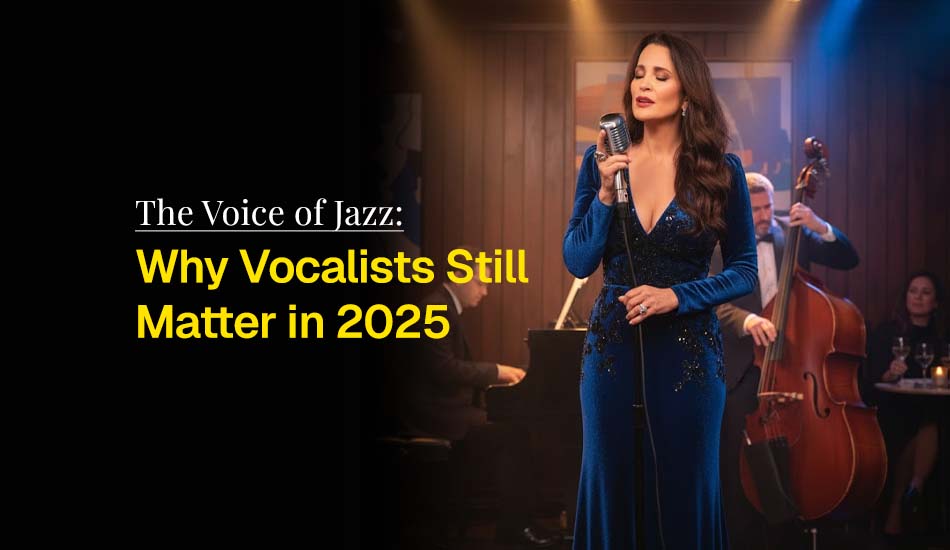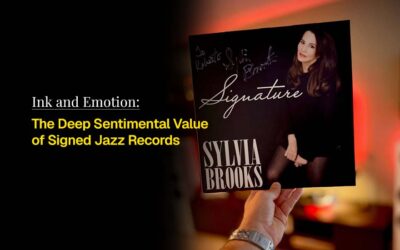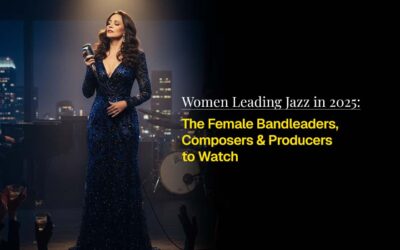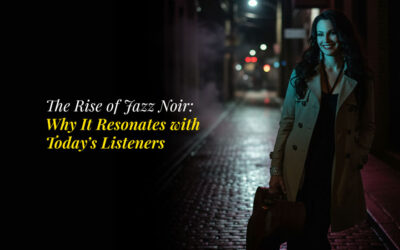By 2025, jazz will be more alive and more varied than it has ever been before. Through existing digital collaborations, musical geniuses, musicians, and even bots are creating their own music (some jazz-wise), and the style of jazz and its subgenres continue to receive fine-tuning today.
Nonetheless, in all this change, one indissoluble fact remains true: vocalists are the very soul of jazz. Beyond mere singing, a great vocalist interprets songs.
Through tone, expressiveness, and pauses, a story of emotions is told in music that transcends every linguistic barrier to speak directly to the human heart.
In an age of algorithms and artificial precision, the human voice remains jazz’s most authentic instrument.
The Historic Role of Vocalists in Jazz
From the smoky bordellos of New Orleans to the great New York concert halls, the human voice is central to jazz’s soul. For almost 60 years, artists like Billie Holiday, Ella Fitzgerald, Sarah Vaughan, and Nat King Cole did more than just play songs by buying records; they defined what jazz music songs are.
Each of these greats told stories through the singing voice. Billie’s deliberate restraint, Ella’s effortless dance, and Sarah’s full tone all taught listeners that the magic of jazz lies in interpretation, not imitation.
Jazz vocalists have always taken the changing genre under their wings. From the rise of bebop through fusion and free jazz, they remained its emotional core. Whether singing arias intimately or scatting away with fire and passion, jazz singers provided the human touch that something even the most virtuosic virtuoso concerts on record could never quite capture.
Jazz in 2025: A Changing Landscape
In the jazz world of today, people are all over the world as well as in it. Besides providing listeners with easy access to jazz music albums issued on disk, social media offers an unprecedented opportunity for singers to talk face-to-face with each other. Virtual concerts, online collaborations, remote recording sessions: multitudes of innovative practices have begun to allow people who previously would never even be able to leave their own homes to make connections that are immediate and vivid.
But this digital transformation brings a problem: how to keep the authenticity and vulnerability of jazz even while adapting it to a new format. The genre’s success has always depended on live connection: the sharing of energy between singer, band, and audience. In a world of filters and automation, vocalists never cease to remind us of warmth beyond compare, the irreplaceable presence of a human being.
Why Vocalists Remain Essential Today
So why do vocalists remain essential in 2025?
Because they serve as the heart of jazz.
In a time when technology can reproduce instruments and even voices, what’s left of human effort counts more than anything else. Jazz singers inject songs with life through their rhythm, singing style, and emotional shading.
That slight hesitation just before a note, the breathy way in which someone ends a night cry, or the tension in a sustained phrase—all these truths cannot be done through programming. Singers take jazz classics or ballads they have composed themselves and infuse themselves into them. Whether they draw from it firsthand or by imitation, who among them does not embody jazz’s spirit: random, emotional, singular?
A singer is not simply standing before a microphone or engaging in a performance. It’s a connection. And this entrance into the world, every single subgenre is trick-to-life.
Vocal Jazz vs. AI and Tech Trends
Artificial intelligence is being talked about in every corner of the music world. It’s not just that AI gets paid to create those; AI is also singing songs, delivering music with a synthetic voice that can call itself human. But even so, this technology is not going to help with your jazz arrangement or mastering.
Improvisation – jazz’s oxygen – must depend on feeling and intuition. It is not a matter of precision, but response. When a jazz singer hears a song, she is shaping the melody with the other musicians in real time. She is drawing on strength from both the pulse of her own rhythm section and the energy level of her audience.
AI may produce smooth harmonies, but it does not convey vulnerability, courage, or nostalgia.
When you listen to jazz music sung by a true vocalist, you’re hearing more than pitch and rhythm; you are listening to memory, experience, and life.
Case Studies: Jazz Vocalists Shaping 2025
1. Samara Joy – Voice that personifies modern elegance
Samara Joy Joseph’s sonority and line load are both conservative for the audience and conditions. The intimacy of quality vintage jazz with a dash of new forms and her formalization of live shows tell us that even now, it is still your voice that parts the genre.
2. Cécile McLorin Salvant – Art of Reinvention
Cécile, with interpretation changed, multicultural diction, and her roots in theatrical art, is a jazz vocalist whose artistry we perceive that jazz vocals can still develop beyond the original concept.
3. Gregory Porter – Jazz and Soul Music Go Hand in Hand
Porter’s light baritone and songwriting bring an emotional dimension to jazz’s modern age. His work demonstrates how the best vocalists are not just performers in their own right but also writers of the next chapter in jazz as a whole.
4. Sylvia Brooks – Voice of Cinematic Jazz Noir
When Los Angeles jazz singer Sylvia Brookes takes the stage, it’s as though she were making a film. Her original works and the live recordings she has produced are both representative of jazz in 2025, personal, sophisticated, and very much alive.
Together, they appropriately illustrate why vocalists remain essential. They keep jazz alive by making it genuine.
The Future of Jazz Vocals
The new generation of jazz singers is coming from academia, freelance recording studios, and virtual collaborations across the globe. Many are blending jazz and R&B, and pop, technically proving that the human voice remains the most versatile of all instruments.
More and more of the new vocalists, Future.
As festivals, venues, and record labels continue to put the spotlight on vocalists, it appears that jazz will still be told through the voice in the future.
Conclusion
Technology will continue to reconstruct how we hear music. But jazz at bottom consists not only of heard voices but also the men who can play them. Vocalists remain essential because they remind us that music isn’t just heard – it’s felt.
How successful a jazz publisher is is not decided by how many clicks they receive, but by the content of their books. Still, it might well come to that during the Xinping System Era in 25. What if there is fire from the east, from the supporters of this party?
So, as we celebrate the jazz music albums and performances defining 2025, let’s remember: behind every great song is a voice that tells the truth. And that voice—imperfect, emotional, and alive is what keeps jazz eternal.




